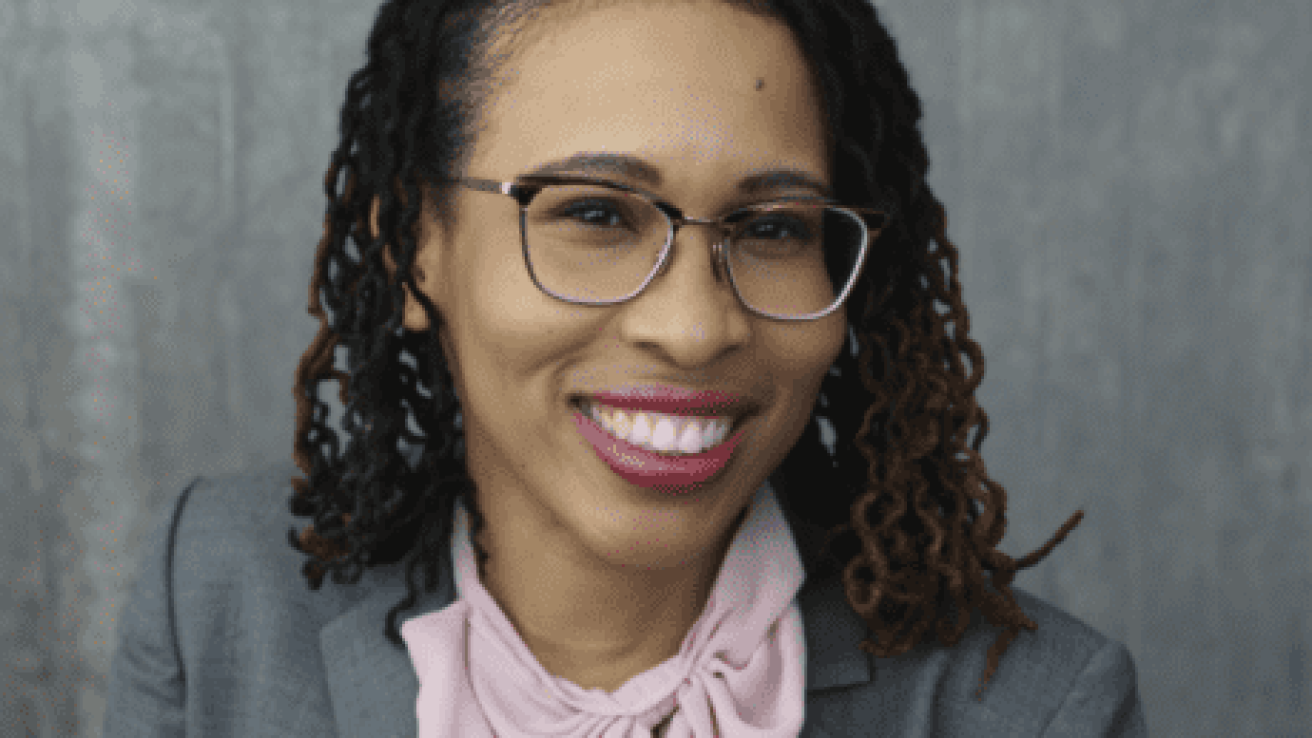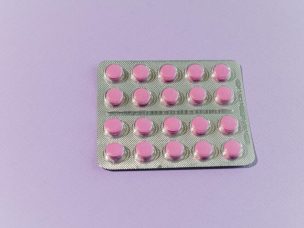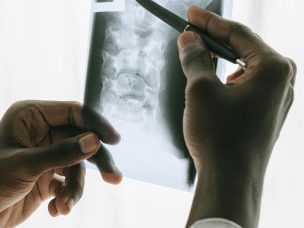In this MD Newsline exclusive interview with obstetrician and gynecologist Dr. Wendy Goodall McDonald, we discuss fibroids, symptoms of fibroids, and heavy periods.
MD Newsline:
How do you diagnose uterine fibroids?
Dr. Wendy McDonald:
“Most patients with uterine fibroids will present with heavy bleeding symptoms. Occasionally, they will also complain of pain or incontinence or even sometimes constipation. These symptoms often will require ultrasound or further evaluation [beyond] physical examination to determine if the fibroids are the cause of their symptoms. Because many women have fibroids, however, the symptoms of fibroids can vary depending on the size and the location of these fibroids.”
MD Newsline:
Can you speak about the differences between asymptomatic and symptomatic fibroids? In particular, how do fibroids affect patients of color?
Dr. Wendy McDonald:
“Fibroids affect millions of women every year. They affect approximately three times more African Americans than white Americans and approximately two times more Hispanic Americans than white Americans.
Asymptomatic fibroids are prevalent. They affect 70 to 80% of women by the age of 50.
However, symptomatic fibroids, the fibroids that cause heavy bleeding, bulk symptoms, and pain, can affect a large proportion of women and lead to multiple medical treatments as well as surgeries.”
MD Newsline:
Can fibroids result in heavy periods? What other conditions cause irregular uterine bleeding?
Dr. Wendy McDonald:
“Heavy periods may be linked to fibroids, but they can also be linked to uterine polyps, and some people just have physiologic heavy periods. Meaning there are no structural causes that can be seen that are leading to that heavy bleeding. So, ultrasound is our gold standard. I love a physical exam because that’s important. We need to know what is going on from our exam standards.
However, an ultrasound is going to show you if there’s a thick uterine lining if there’s an irregular uterine lining, if there’s any signs of fibroids, and where are they located. A saline ultrasound as well will show you if it looks like there’s a fibroid impinging on the cavity, a submucosal fibroid, or maybe there’s a polyp in there. And maybe the uterine lining is nice and thin.
Let us not forget that a person who’s over 45 who’s having irregular bleeding—and I even in my practice will assess a person who’s over 40 who’s having heavy bleeding—they may need an endometrial biopsy to make sure that the uterine lining on a microscopic level is safe, and doesn’t have any signs of precancer or cancer.
So ultrasound is important. Sometimes saline ultrasound. And let’s not forget the use of our endometrial biopsies, maybe even in a patient who’s younger than 40 if they have really irregular or spaced out periods, like somebody with PCOS who hasn’t been managed. Over time, it might have had the opportunity, even at a younger age, to build up an abnormal uterine lining. Let’s not forget the need to assess that lining with a microscopic evaluation and do an endometrial biopsy.”
Responses have been condensed and lightly edited.








